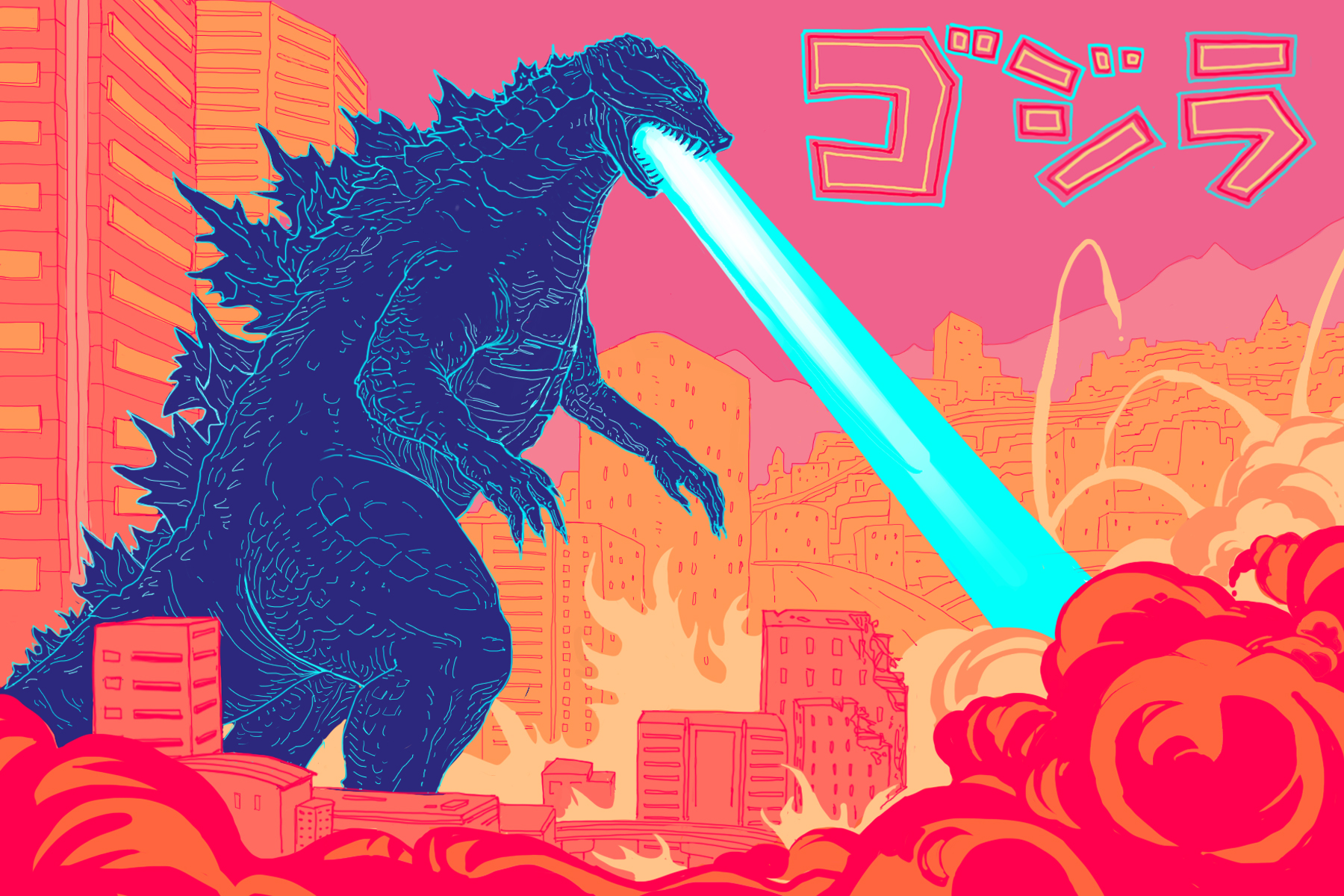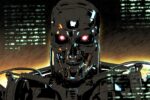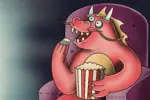As one of the most recognizable monsters in pop culture with his iconic roar, stegosaurus-like scales and atomic breath, Godzilla remains just as relevant now as he was in his 1954 debut. Despite several breaks in production over the years, the “Godzilla” movies still hold the Guinness world record for longest running movie franchise, a testament to their longevity and long-lasting appeal.
The variety of studios that have handled “Godzilla” ― from the Japanese production company Toho to American studios like Centropolis Entertainment ― has given fans quite a few interpretations of the infamous monster. With so many different versions of the creature, it has become increasingly difficult for fans of the series to pick the best ones.
Here are the four best versions of Godzilla to date, all exemplifying the different ways that so many studios have portrayed one of the most notable movie monsters of all time.
1. “Godzilla” (1954)
As cliché as choosing the original “Godzilla” movie might be, the green monster’s first projection on the big screen deserves a spot on the list as the franchise’s first allusion to the nuclear devastation of World War II, or, more specifically, the two nuclear bombs dropped on the Hiroshima and Nagasaki in 1945. The original film, directed by Ishirō Honda, is an allegory for several issues, primarily concerning the effect humanity has on the Earth.
Honda addresses environmental issues by revealing that the prehistoric titan was the primary cause for the disappearance of all of the fish in the surrounding waters. The loss of fish impacts the Japanese people’s way of life and completely disrupts their economy, analogous to overfishing or dumping waste into the ocean today.
The director also addresses humanity’s contribution to environmental problems by suggesting that humans were to blame for forcing the skyscraping-lizard out of his natural habitat with repeated hydrogen bomb strikes. Counterposing the natural world and humanity, “Godzilla” shows the classic conflict of man versus nature and entertains the question: What if nature fought back?
Political issues also arise in the film, centered around the debate of whether or not the Japanese government should notify the public about the monster’s existence. Proponents of keeping Godzilla’s arrival hidden from the public eye view secrecy as a means of not provoking panic, while opponents believe the truth must always be public, no matter how worrisome or ominous.
As with all “Godzilla” movies, the public eventually witnesses Godzilla’s destruction firsthand, regardless of the government’s decision. The underlying political message Honda highlights through the debate is the need for decisive action during time-sensitive situations, instead of ongoing arguments where time is wasted.
Although the original film has nowhere near the same level of special effects as more recent “Godzilla” movies, the 1954 Honda production is the best, not because of the aesthetics, but because of the pertinence of the film’s message to the modern day.
2. “Shin Godzilla / Godzilla Resurgence”
Though the popularity of “Shin Godzilla” (known as “Godzilla Resurgence” in the U.S.) might not have had the same impact on American critics or audiences, the film still won 10 awards in Japan, including best picture and best director. Co-directed by Hideaki Anno (“Neon Genesis Evangelion”) and Shinji Higuchi (“Attack on Titan”), “Shin Godzilla” is the latest installment in the franchise produced by Toho studios, paying homage to the original 1954 version and ignoring the other iterations of the atomic creature.
Like the original, the film draws inspiration from real-life events, such as the Tohoku earthquake and the Fukushima Daiichi nuclear disaster. The same magnitude of destruction from the earthquake, the resulting tsunami and the Fukushima meltdown is seen in this film’s incarnation of the modern dinosaur, whose rampage on Japanese civilians is reminiscent of the live footage and images taken of the tragedies.
For the flagship character himself, “Shin Godzilla” is easily the scariest and most disturbing version yet. Equipped with a new arsenal of abilities, including rapid evolution, a laser shooting tail and an upgrade to his atomic breath, the enormous reptile’s new look and desire to decimate all life might not appeal to fans of earlier interpretations.
3. Legendary Pictures’ “Godzilla” (2014) and “Godzilla: King of the Monsters”
While directors Gareth Edwards (“Godzilla” 2014) and Michael Dougherty (“Godzilla: King of the Monsters”) might not give as much screen time to human characters as the previous movies, their films still manage to present the most visually stunning version of the monster. At the bare minimum, fans will find monster battles of epic proportions in the American reboot.
For fans who gravitated to the franchise based on the complex issues Godzilla symbolizes, their best bet lies with either the original or “Shin Godzilla.” Both productions demonstrate how Toho Studios is more adept at making meaningful franchise films, while more visually pleasing “Godzilla” movies are associated with American studios.
4. Netflix Original Series (Parts 1-3): “Godzilla: Planet of the Monsters,” “Godzilla: City on the Edge of Battle” and “Godzilla: The Planet Eater”
What better way to depict a Japanese monster than through the Japanese art form of anime? Directed by Kobun Shizuno (“Detective Conan”) and Hiroyuki Seshita, the three-part series is set in a future where the eponymous creature and other kaiju (Japanese for “strange beast”) have destroyed almost all of humanity and civilization, forcing survivors to abandon Earth in search of a new hospitable planet.
Accompanied by two alien races, the Exif and Bilusaludo, the last remaining humans discover, after over a decade of traveling through space, how small their chances of finding a planet similar to Earth truly are. When humanity reluctantly decides on returning to their home planet, they realize over 20,000 years have passed and Earth’s terrain and atmosphere have drastically changed. Only one aspect remained constant: Godzilla is still alive.
Despite the series’ few flaws, namely the lack of a definitive motivation in each character, Shizuno and Seshita’s animated films are worthy installments of the “Godzilla” franchise because of their stimulating, fresh take on the canon and their effective world building. The directors nod to other “Godzilla” characters and movies, like Mechagodzilla and “Son of Godzilla,” while also providing a fresh perspective on Godzilla’s infamous rival, King Ghidorah.
















